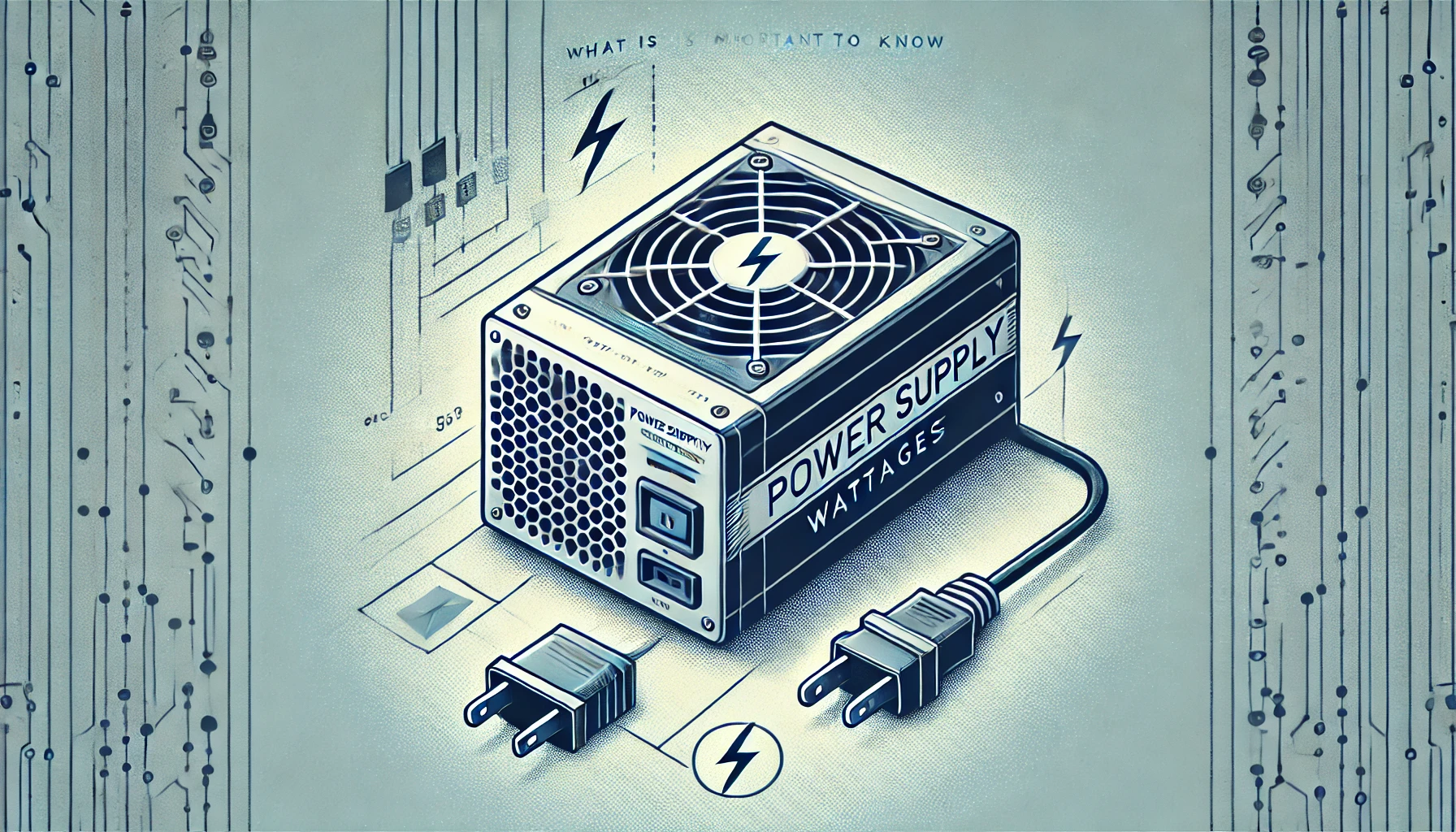How Are Solid State Drives Made?

Solid State Drives (SSDs) have fundamentally transformed the storage and accessibility of data within electronic devices. This article delves into the operational mechanisms of SSDs, elucidating the fundamental components that facilitate their functionality. From flash memory chips to controllers and connectors, an in-depth examination of the manufacturing process of SSDs is provided.
A comprehensive discussion on the quality control and testing methodologies employed to guarantee reliability and optimal performance of SSDs is included. Furthermore, insights into the recent advancements in SSD manufacturing technology are offered. Embark on a voyage to unveil the intricacies and innovations surrounding SSDs.
Overview of Solid State Drives (SSDs)
Solid State Drives (SSDs) have significantly transformed data storage technology within the computing industry, providing rapid storage solutions for electronic devices. They have become critical elements within computer hardware, delivering efficient data storage, improved performance, and enhanced data security.
The impact of SSDs on data management is profound, as they facilitate quicker access to stored information, thereby enhancing overall system speed and responsiveness. By leveraging flash memory technology, SSDs are pivotal in increasing storage efficiency while eliminating the necessity for moving components present in traditional hard drives. This not only diminishes the likelihood of data loss due to mechanical malfunctions but also fosters a quieter and more energy-efficient computing environment.
Regarding data security, SSDs feature advanced encryption capabilities and secure data erasure options, safeguarding sensitive information from unauthorized access. With the continual emergence of newer SSD generations, significant advancements are being made in computer enhancements and storage solutions. Consequently, SSDs are spearheading the evolution of memory technologies within the digital landscape.
What are SSDs and How Do They Work?
Solid State Drives (SSDs) are data storage devices that leverage NAND flash memory as their primary storage medium. Comprised of distinct components such as memory chips, a controller, and a semiconductor wafer, all harmonized onto a circuit board, SSDs exhibit advanced data transfer technology that facilitates elevated read/write speeds, enhanced durability, and fortified data security measures.
The NAND flash memory within SSDs assumes a pivotal role in data storage, utilizing electric circuits to erase, read, and write data. Operating as the central processing unit, the controller orchestrates the data transmission between the memory chips and the computer system, ensuring seamless data access and manipulation. Ongoing enhancements in semiconductor technology have yielded smaller, faster, and more dependable SSDs, consequently bolstering their performance capabilities. Consequently, modern SSDs have become a preferred choice for diverse personal and professional computing requirements.
Components of an SSD
Solid State Drives (SSDs) are essential components that facilitate efficient data storage and retrieval. These components encompass flash memory chips for storing data, a controller for data management, connectors, and interfaces for external connectivity. Through advanced semiconductor technology, SSDs provide substantial storage capacity, dependable information storage, and rapid data transfer rates.
The flash memory chips play a pivotal role in data storage without necessitating power, thus enabling swift access to information as needed. Acting as the central processing unit of the SSD, the controller manages data flow and optimizes overall performance. Connectors are integral in establishing communication between the SSD and other devices, ensuring seamless data transfer. Semiconductor technology has significantly transformed data storage by enhancing the reliability of SSDs, expanding their storage capacities, and optimizing their overall performance.
Flash Memory Chips
Solid State Drives (SSDs) rely on flash memory chips to store data effectively and access it quickly. Through the implementation of NAND flash memory technology, SSDs can achieve swift data transfer speeds, offering superior memory solutions for enhanced data management and performance.
The incorporation of NAND flash memory technology in SSDs is instrumental in augmenting data storage capacities, access efficiency, and overall system performance. This technology facilitates rapid data retrieval, resulting in expedited boot times, seamless multitasking, and decreased loading times for applications and files. Essentially, the integration of NAND flash memory in SSDs is a pivotal element in optimizing data performance by significantly enhancing data access speeds and data transfer rates.
Controller
The controller serves as a crucial component in Solid State Drives (SSDs), with its primary function being the management of data processing, overseeing data transfers, and ensuring the overall operational efficiency of the device. It plays a significant role in the implementation of data protection protocols, contributes to the advancement of storage technologies, and aligns with the ongoing developments in the semiconductor industry.
Through the effective management of data flow within SSDs, the controller optimizes read and write operations, thereby enhancing the overall performance of the device. Its capacity to allocate resources judiciously and coordinate various functions within the drive leads to quicker access times and heightened reliability. As storage capacities witness continual expansion, the controller's responsibility in maintaining uniformity and stability across multiple storage modules becomes increasingly pivotal. This adaptability is instrumental in enabling SSDs to adapt to evolving data demands and the technological progressions within the semiconductor sector.
Connectors and Interfaces
Connectors and interfaces in Solid State Drives (SSDs) play a vital role in the assembly process, facilitating efficient data transfer and storage capacities. These crucial components are subjected to rigorous testing, soldering, and assembly techniques to ensure optimal storage efficiency, production efficiency, and data integrity. This meticulous approach contributes to storage reliability in accordance with the advancements in computing technology.
Manufacturers strive to meet the increasing demand for faster and more reliable SSDs by integrating advanced testing procedures, soldering methods, and assembly technologies. The connectors are instrumental in establishing secure connections between different components, enabling seamless data flow within the drive. Interfaces further enhance the compatibility of SSDs with a wide range of devices, promoting their utilization across diverse platforms. These precise and methodical processes not only enhance the overall performance of SSDs but also align with the rapid evolution in computing technology, ensuring improved storage capabilities and durability.
Manufacturing Process of SSDs
The manufacturing process of Solid State Drives (SSDs) entails intricate stages of fabrication, assembly, and stringent testing to guarantee the production of high-quality goods. Advanced technology and storage solutions are employed in this process, showcasing the development of solid-state technology and memory modules for applications requiring high-speed storage.
In the fabrication stage, specialized equipment is utilized to manufacture the individual components of the SSD, including the controller, NAND flash memory chips, and connectors. These components are subsequently meticulously assembled in a controlled clean room environment to prevent contamination or damage. The incorporation of advanced technology ensures precise alignment and connection of the components to enhance performance.
Following assembly, thorough testing procedures are carried out to assess the functionality, speed, and durability of the SSD. This comprehensive testing phase aids in identifying any defects or inconsistencies before the final product is introduced to the market.
Creation of Flash Memory Chips
The fabrication of flash memory chips used in the production of SSDs involves a series of semiconductor manufacturing processes applied to semiconductor wafers. These processes are designed to improve data access speed, data transfer efficiency, memory performance, and overall device durability. This phase underscores the critical role of semiconductor manufacturing techniques in optimizing the functionality of flash memory chips for SSD applications.
Through meticulous etching, doping, and layering of the wafer, intricate circuit patterns are created to facilitate efficient storage and retrieval of data within the flash memory chips. The utilization of advanced lithography techniques ensures precise alignment and size control of these circuit elements, thereby contributing to the high-speed data access and transfer capabilities inherent in SSDs.
The incorporation of cutting-edge materials and sophisticated manufacturing methodologies serves to enhance memory performance, resulting in enhanced read/write speeds and increased overall device durability across a wide range of operational environments.
Assembly of Components
The manufacturing process of SSDs involves a meticulous assembly of components that necessitates sophisticated soldering techniques and stringent testing protocols. The objective is to seamlessly integrate storage solutions, storage architecture, hardware components, and data protection features. This phase is pivotal as it underscores device innovation and underscores the commitment to quality assurance in providing dependable and effective storage solutions.
Throughout the soldering process, advanced methods like reflow soldering and wave soldering are utilized to securely fuse the components together. Subsequent testing procedures, encompassing functional testing, reliability tests, and performance assessments, are essential in validating the operational capabilities of the SSD. The incorporation of storage solutions into the architecture is meticulously orchestrated to enhance data access speeds and overall operational efficiency. By implementing robust data protection measures, the SSD is fortified against potential threats, thereby ensuring the safeguarding of stored information.
Quality Control and Testing
Quality control and testing procedures play a crucial role in ensuring the reliability, performance, and data integrity of Solid State Drives (SSDs). These processes entail comprehensive measures related to data security, backup protocols, recovery mechanisms, and meticulous testing to evaluate data retention capabilities and efficient data handling.
Data security measures are integral to the SSD manufacturing process as they serve to protect sensitive information from unauthorized access or breaches. Encryption techniques are frequently incorporated into SSD designs to secure data both at rest and during transmission. Backup protocols are of utmost importance to guarantee that in the event of unforeseen circumstances such as hardware malfunctions or human errors, data can be retrieved efficiently. Additionally, robust recovery mechanisms are implemented to minimize data loss and uphold system integrity, thereby augmenting the reliability of SSDs.
Ensuring Reliability and Performance
The assurance of reliability and performance in Solid State Drives (SSDs) necessitates the implementation of thorough quality control measures, rigorous testing procedures, and strategies for performance optimization. These processes are instrumental in driving innovation in storage technology, improving computing systems, optimizing memory management, integrating data protection mechanisms, and furnishing effective memory solutions to cater to diverse storage requirements.
The execution of quality control measures, which encompass aspects like component sourcing, adherence to manufacturing standards, and firmware validation, enables SSD manufacturers to guarantee that each drive aligns with the stringent quality benchmarks prevalent in the industry.
Moreover, the implementation of rigorous testing protocols, including stress testing, performance benchmarking, and endurance testing, plays a pivotal role in validating the reliability and endurance of SSDs across a spectrum of workloads.
Furthermore, the application of performance optimization techniques, such as wear-leveling algorithms, garbage collection mechanisms, and error correction codes, serves to augment the speed and efficiency of SSDs, thereby ensuring consistent and dependable storage performance.
Advancements in SSD Manufacturing
The progress in Solid State Drive (SSD) manufacturing has facilitated the incorporation of new technologies and innovative methodologies to elevate semiconductor technology, enhance data reliability, optimize device efficiency, and implement robust data protection protocols.
These state-of-the-art advancements in SSD manufacturing encompass the utilization of techniques such as 3D stacking, enabling heightened storage capacity within compact form factors. The implementation of sophisticated error correction algorithms ensures superior data integrity and longevity of SSDs. The development of NAND flash technology has facilitated accelerated data transfer rates and enhanced energy efficiency, thereby augmenting the overall performance of storage devices. The introduction of PCIe NVMe interfaces has substantially elevated data access speeds, leading to more responsive and high-performing storage solutions.
New Technologies and Techniques
The incorporation of emerging technologies and methodologies in SSD manufacturing exemplifies the continuous technological progression within the computing sector. These advancements are centered around achieving high-performance storage, optimizing data access speed, enhancing data handling capabilities, fostering device innovation, fortifying data security protocols, and refining memory management procedures to facilitate efficient storage solutions.
These state-of-the-art technologies have transformed the landscape of data storage and retrieval, pushing the boundaries in speed and effectiveness. The incorporation of advanced encryption techniques enhances data security, ensuring the protection of sensitive information. Innovations in memory management have streamlined storage processes, enabling seamless data transfers and retrievals. Through the ongoing enhancement of these areas, SSD manufacturers are adept at meeting the growing demands for dependable, rapid, and secure storage solutions that address the evolving requirements of the computing industry.
"







